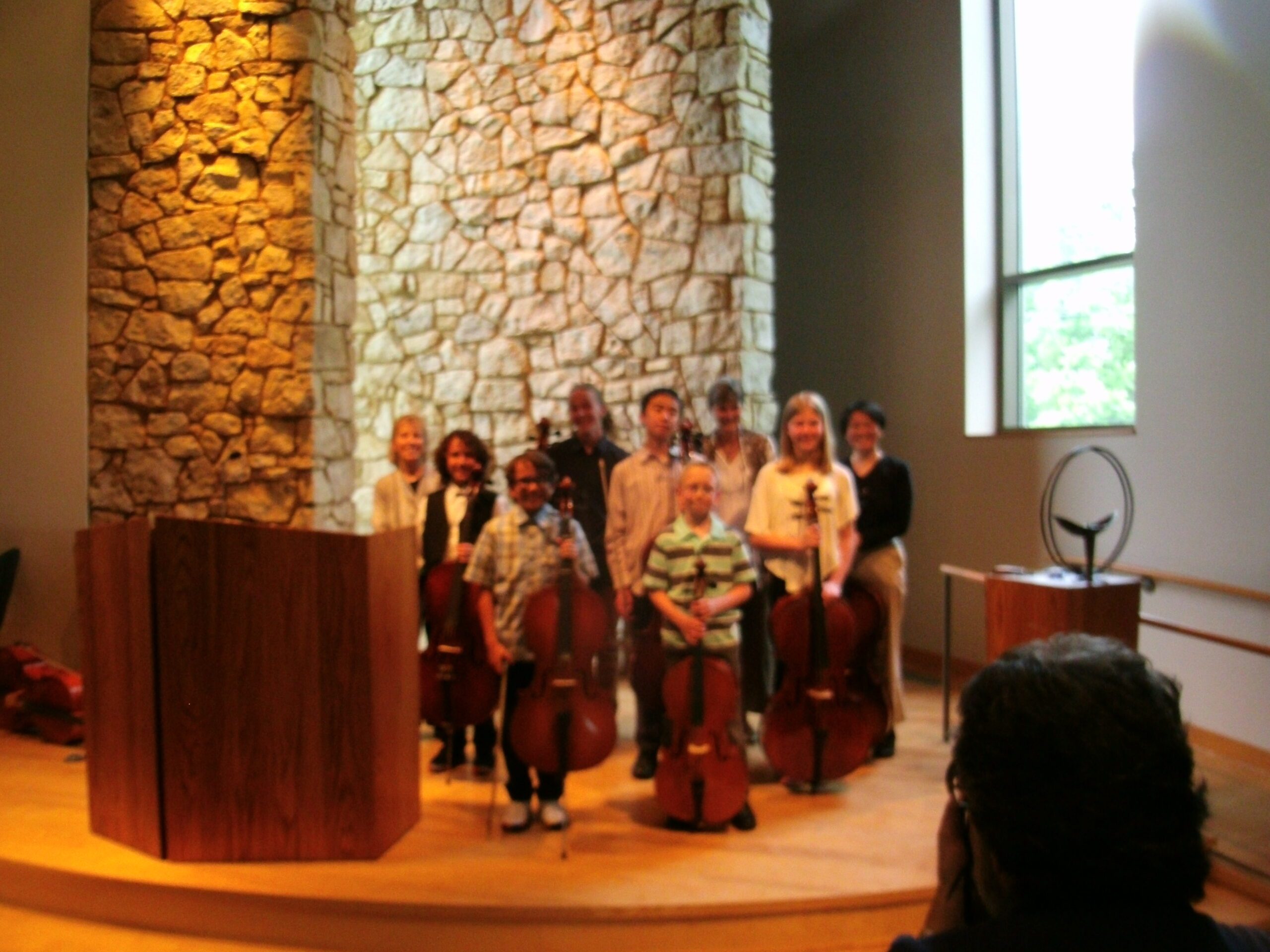Teaching Philosophy
My Teaching Philosophy

Bowing Technique
The bowing technique aims to allow the player to create the desired sounds. Most people say they “love the sound of the cello.” We work to help the student gain the best sound (or “tone”) possible. The technique includes holding the cello and bow to allow maximum relaxation and advanced bow control. It also includes various articulations (styles of bowing), bow strokes, and speed management.
Left-Hand Technique
The left-hand technique (or finger technique) works to gain a relaxed hand to play the notes and a solid ability to “get around” on the cello with ease, enabling a student to play ever more challenging pieces. After a student has learned the basics very solidly, we will begin to prepare the muscles to learn to use vibrato, one of the most expressive elements of cello playing.
Reading Music
Reading music allows the student to begin playing very early on, in multiple situations, including solos and ensemble music. Students need to be able to read music to play in an orchestra. The easiest way I know to get together with other performers is to read from music.
Ensemble Playing
Ensemble playing is the most gratifying part of playing the cello, for most. Therefore, part of virtually every lesson is devoted to playing together with the teacher. It is a reward to perform while simultaneously being a learning experience. Ensemble playing will help the student understand how music communicates. Ensemble playing with a separate group or groups is highly encouraged so that every student can fully experience music and musicianship.

Interpretation of Music
Interpretation of music is addressed early in the student’s learning and throughout, so that a more profound understanding is gradually attained. Interpretation refers to playing the notes in a manner that expresses more than notes on a page. It is like a masterful speech by a powerful speaker, not like a robot speaking the same words.
Performance
Performance is the logical putting together of the various efforts. At least twice per year (most frequently Fall and Spring), each location (or combination of locations) has a recital in which students are encouraged to participate by performing a piece with piano or cello, most typically, or solo. Other types of ensembles are very welcome, and a variety of music is encouraged, always.

